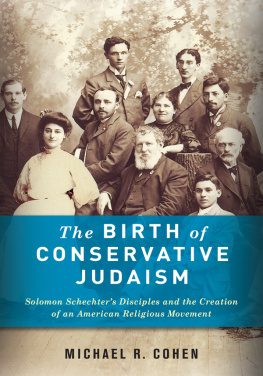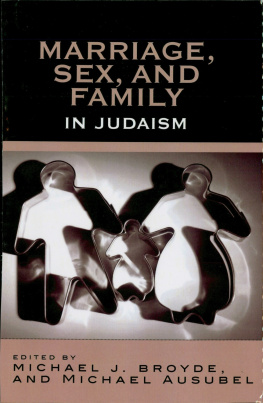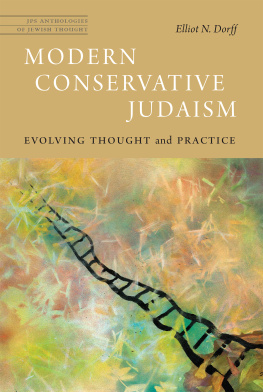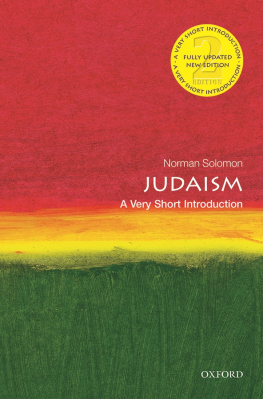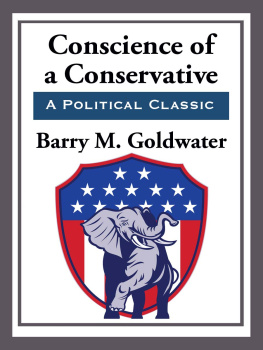Michael R. Cohen - The Birth of Conservative Judaism: Solomon Schechters Disciples and the Creation of an American Religious Movement
Here you can read online Michael R. Cohen - The Birth of Conservative Judaism: Solomon Schechters Disciples and the Creation of an American Religious Movement full text of the book (entire story) in english for free. Download pdf and epub, get meaning, cover and reviews about this ebook. year: 2012, publisher: Columbia University Press, genre: Home and family. Description of the work, (preface) as well as reviews are available. Best literature library LitArk.com created for fans of good reading and offers a wide selection of genres:
Romance novel
Science fiction
Adventure
Detective
Science
History
Home and family
Prose
Art
Politics
Computer
Non-fiction
Religion
Business
Children
Humor
Choose a favorite category and find really read worthwhile books. Enjoy immersion in the world of imagination, feel the emotions of the characters or learn something new for yourself, make an fascinating discovery.
- Book:The Birth of Conservative Judaism: Solomon Schechters Disciples and the Creation of an American Religious Movement
- Author:
- Publisher:Columbia University Press
- Genre:
- Year:2012
- Rating:3 / 5
- Favourites:Add to favourites
- Your mark:
The Birth of Conservative Judaism: Solomon Schechters Disciples and the Creation of an American Religious Movement: summary, description and annotation
We offer to read an annotation, description, summary or preface (depends on what the author of the book "The Birth of Conservative Judaism: Solomon Schechters Disciples and the Creation of an American Religious Movement" wrote himself). If you haven't found the necessary information about the book — write in the comments, we will try to find it.
Solomon Schechter (18471915), the charismatic leader of New Yorks Jewish Theological Seminary (JTS), came to America in 1902 intent on revitalizing traditional Judaism. While he advocated a return to traditional practices, Schechter articulated no clear position on divisive issues, instead preferring to focus on similarities that could unite American Jewry under a broad message. Michael R. Cohen demonstrates how Schechter, unable to implement his vision on his own, turned to his disciples, rabbinical students and alumni of JTS, to shape his movement. By midcentury, Conservative Judaism had become the largest American Jewish grouping in the United States, guided by Schechters disciples and their continuing efforts to embrace diversity while eschewing divisive debates.
Yet Conservative Judaisms fluid boundaries also proved problematic for the movement, frustrating many rabbis who wanted a single platform to define their beliefs. Cohen demonstrates how a legacy of tension between diversity and boundaries now lies at the heart of Conservative Judaisms modern struggle for relevance. His analysis explicates four key claims: that Conservative Judaisms clergy, not its laity or Seminary, created and shaped the movement; that diversity wasand still isa crucial component of the success and failure of new American religions; that the Conservative movements contemporary struggle for self-definition is tied to its origins; and that the porous boundaries between Orthodox, Conservative, and Reform Judaism reflect the complexity of the American Jewish landscapea fact that Schechter and his disciples keenly understood. Rectifying misconceptions in previous accounts of Conservative Judaisms emergence, Cohens study enables a fresh encounter with a unique religious phenomenon.
Michael R. Cohen: author's other books
Who wrote The Birth of Conservative Judaism: Solomon Schechters Disciples and the Creation of an American Religious Movement? Find out the surname, the name of the author of the book and a list of all author's works by series.

